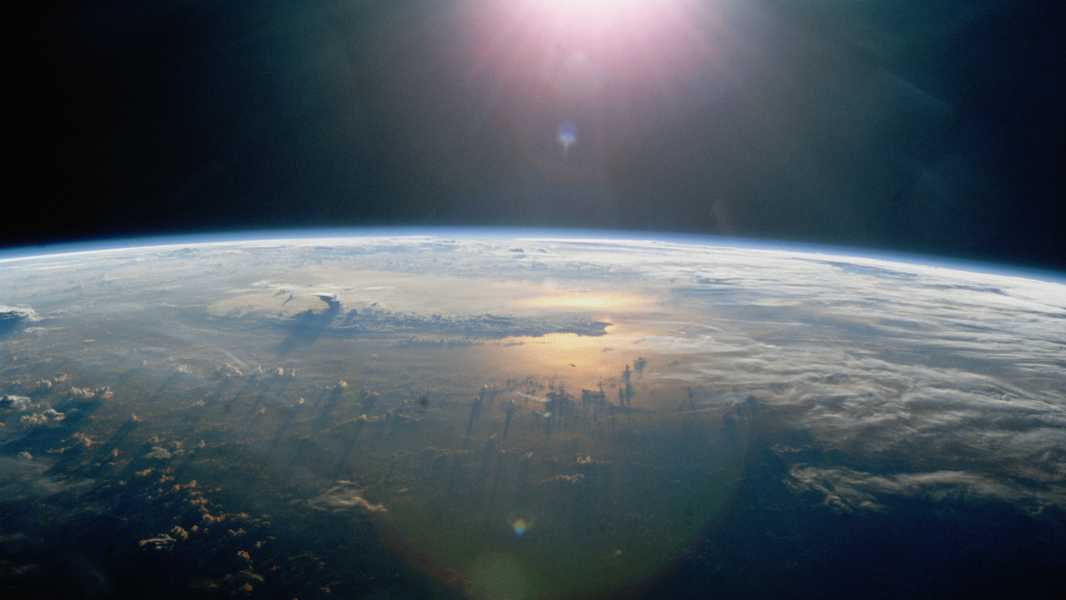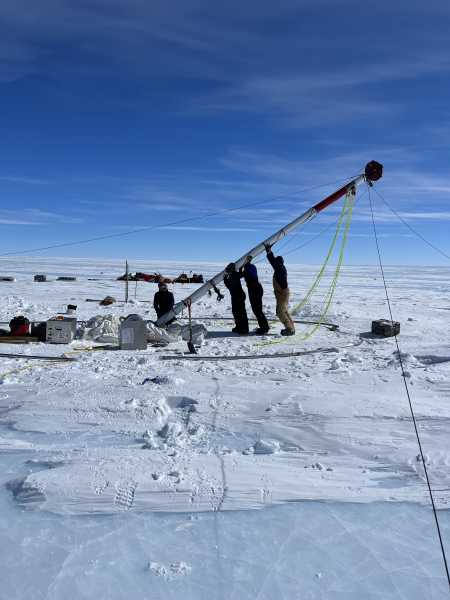
Pacific sea surface temperatures are below average during La Niña, but have warmed in the past month. (Image credit: Stocktrek via Getty Images)
Scientists just reported that the long-awaited La Niña climate phenomenon has ended after just a few months.
La Niña is the cold phase of the El Niño-Southern Oscillation (ENSO) cycle, a natural climate pattern that affects atmospheric and sea temperature changes in the tropical Pacific Ocean, stretching from Mexico to Peru. The latest La Niña was due to begin last summer and lingered until its onset in December.
The delayed start meant that La Niña didn’t have time to develop before the winter season began. So when the National Oceanic and Atmospheric Administration (NOAA) announced that La Niña had officially begun on January 9, researchers expected it to be shorter than usual. And it turned out to be.
The latest NOAA data showed that the tropical Pacific Ocean warmed again in March, meaning La Niña is ending. We are currently in a neutral state in the ENSO cycle, meaning there is no active El Niño or La Niña.
“Just a few months after La Niña conditions, the tropical Pacific is now in a neutral state relative to ENSO, and meteorologists expect the neutral weather to continue throughout the Northern Hemisphere summer,” Emily Becker, a research scientist in the University of Miami's Department of Atmospheric Sciences, wrote on the NOAA ENSO blog on Thursday (April 10).
The ENSO cycle produces a warm El Niño followed by a cool La Niña every two to seven years on average, but they do not always occur with the same frequency and the length of each can vary. The most recent El Niño lasted from May 2023 to March 2024 and contributed to record heat during that period.
According to NOAA, La Niña typically results in colder, wetter winters in the northern United States and Canada, while the south becomes warmer and drier. La Niña typically cools global temperatures. However, global warming has caused 2025 to continue the record-breaking heat of previous years despite the presence of La Niña.
Both El Niño and La Niña are characterized by variations in sea surface temperatures in the east-central Pacific Ocean. La Niña begins when temperatures drop more than 0.9 degrees Fahrenheit (0.5 degrees Celsius) below the long-term average for the region, which first occurred in December.
Researchers aren’t sure why the latest La Niña has lingered so long, but warmer-than-normal ocean temperatures in 2024 may have played a role. Data for March showed temperatures were minus 0.018 F (minus 0.01 C) below average, well above the La Niña threshold and close to the long-term average.
What happens next?
Researchers predict that the tropical Pacific will remain ENSO-neutral throughout the summer and likely into the fall, according to the NOAA ENSO blog.
ENSO-neutral climate does not mean that we will have average or predictable weather in the future — there are many other climate patterns that influence it. In fact, some land areas have repeating weather patterns during El Niño and La Niña events, so the weather is less predictable under ENSO-neutral climate conditions, according to NOAA.
Sourse: www.livescience.com





